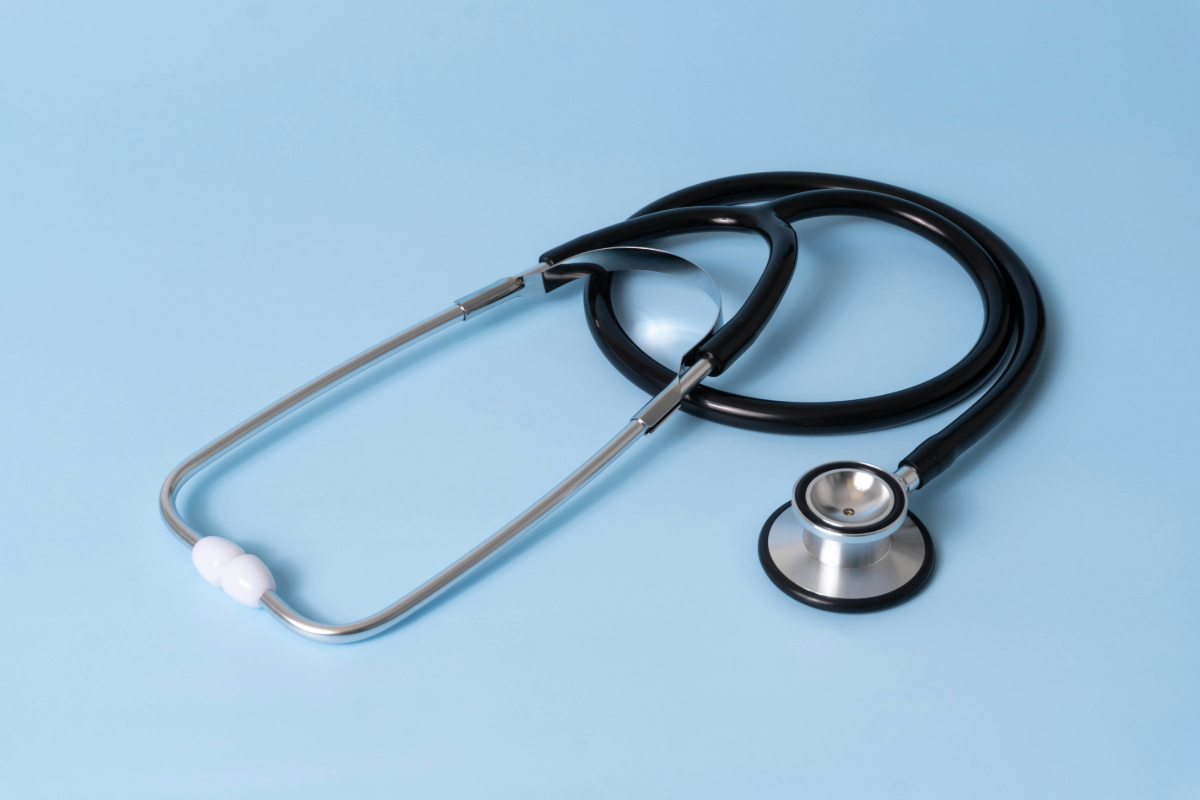When unexpected events strike—serious illness, accidents, or the sudden death of a loved one—financial stability can be destroyed in a matter of weeks. For many households, this is not a distant hypothetical: medical bills are among the leading causes of debt in the United States, and losing an income-earner can force families into credit reliance or selling assets prematurely. Insurance, particularly medical and life insurance, functions as debt insurance—protecting your savings, investments, and family from catastrophic financial setbacks.
Medical Insurance: Debt Protection Against the Unthinkable
Medical emergencies are expensive and surprisingly common. Even insured households face out-of-pocket maximums ranging from $9,000–$11,000 per year under ACA-compliant plans. For households without adequate emergency funds, a serious illness can wipe out savings or push them into debt. Statistics show:
- About 1 in 4 Americans live with a chronic condition that can impact income and savings. (CDC)
- Roughly 1 in 5 bankruptcy filings cite medical expenses as a primary cause. (American Journal of Public Health, 2019)
- Median households excluding home equity have only ~$57,900 in liquid assets, leaving many unprepared for major medical expenses. (Pew Research)
Even for middle-class households earning $120,000 annually, a $10,000–$15,000 medical emergency without insurance can derail years of careful saving and investing. Integrating medical insurance into your financial plan, alongside a fully funded emergency fund that accounts for your annual out-of-pocket max, effectively shields you from these risks. Replenishing the emergency fund each year if necessary is still far cheaper than the total out-of-pocket expenses that could accompany long-term care or catastrophic medical events.
Life Insurance: Protecting Loved Ones and Preventing Debt
Life insurance protects dependents from sudden income loss. Without it, surviving family members may have to:
- Take on credit card or personal loan debt to maintain lifestyle.
- Sell assets prematurely, potentially losing years of investment gains.
- Face the psychological stress of financial instability during a grieving period.
Statistics reinforce the importance:
- About 1 in 3 Americans do not have any life insurance coverage, leaving families vulnerable if the primary earner dies unexpectedly. (LIMRA, 2023)
- Life insurance payouts are often the difference between financial security and financial crisis for surviving spouses and dependents.
The Role of Emergency Funds
A well-funded emergency fund complements insurance. By including your out-of-pocket maximums for medical plans in your emergency fund, you create a personal safety net that ensures unexpected medical expenses are covered without touching investments or incurring debt. For example:
- Household with $10,000 annual out-of-pocket max → fully fund that amount in an emergency fund.
- A major medical procedure costing $8,000 is fully covered, preserving retirement savings and long-term financial goals.
Advanced Planning: Self-Funded Insurance Mindset
Once households reach a high level of liquid assets, they can adopt a self-funded insurance mindset: covering unexpected events directly from savings rather than relying solely on policies. For instance:
- Households with $500,000+ in liquid assets could absorb major health events or temporary income loss without taking on debt.
- However, most households are not at this level, and catastrophic events can exceed even large liquid asset pools.
Even wealthy households often maintain insurance for truly catastrophic risks, such as high-cost medical emergencies, liability exposure, or estate considerations.
Common Criticisms of Insurance
Critic: “Insurance is messy, complicated, and expensive.”
Response: Yes, navigating policies can be frustrating, but the cost of not having insurance can be far higher. Medical emergencies and sudden death can wipe out hundreds of thousands of dollars in savings. Insurance is a preventative tool, not an optional luxury.
Critic: “I save enough, I don’t need insurance.”
Response: Many households overestimate the sufficiency of their savings. Even disciplined savers can face catastrophic events that exceed emergency funds or liquid assets. Insurance extends your protection beyond what you can realistically self-fund.
Critic: “I can take the risk, nothing bad will happen to me.”
Response: Risk is unpredictable. Studies show that nearly 1 in 5 Americans experience medical events leading to significant financial hardship. Planning for the unlikely prevents financial disaster when the unexpected inevitably occurs.
Final Takeaway
Medical and life insurance are foundational tools for protecting wealth and preventing debt. For most households, insurance ensures that a single event does not unravel decades of savings or compromise family security. By combining insurance with a robust emergency fund that covers your out-of-pocket maximums, households can confidently pursue long-term goals—retirement, education, homeownership—without fear that one unexpected event will destroy their financial stability.
Even when wealth allows for partial self-insurance, insurance remains critical for truly catastrophic events. In short, medical and life insurance are not optional; they are essential tools for maintaining financial freedom, peace of mind, and the security of those you care about most.

Leave a Reply